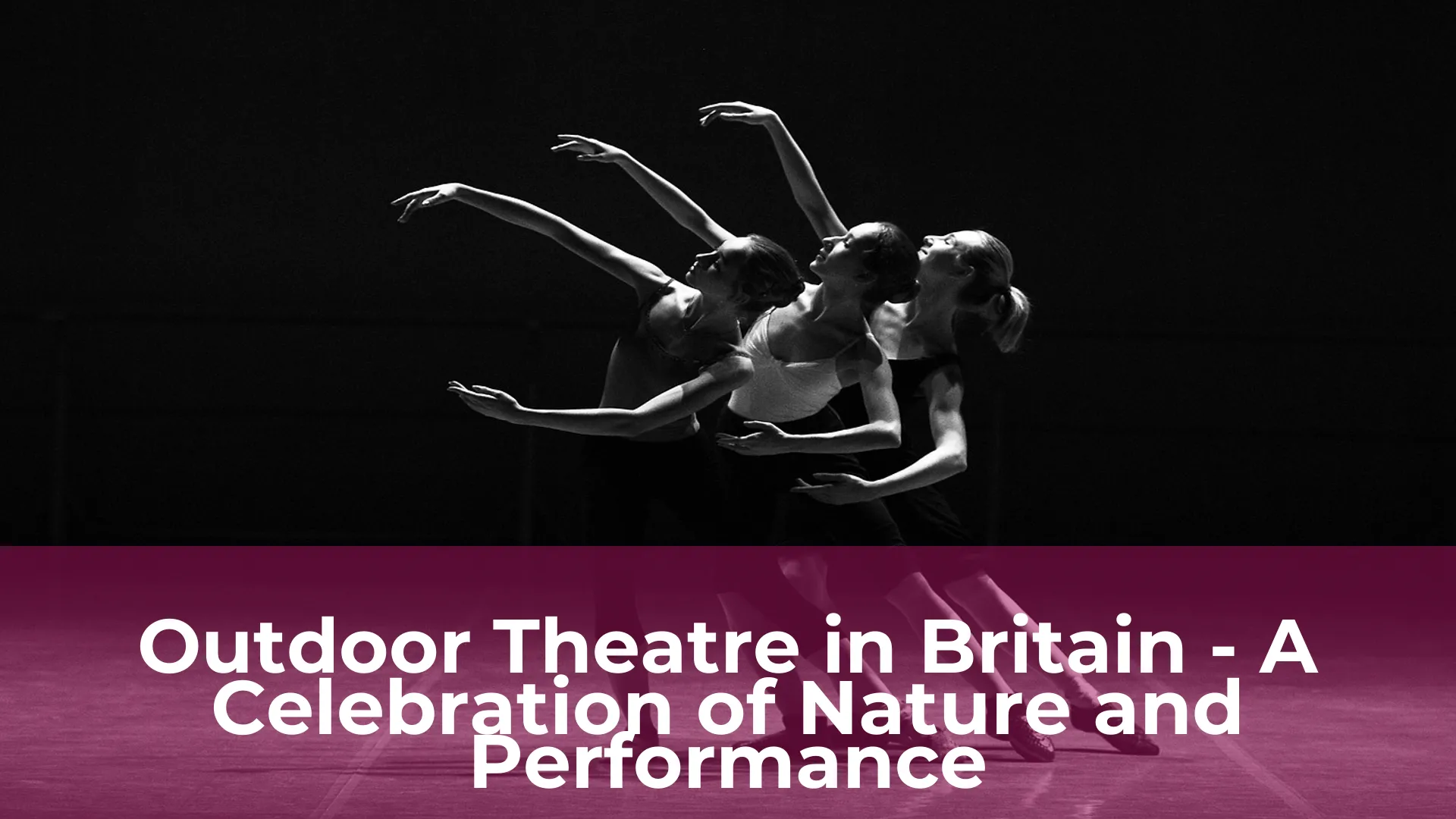Outdoor theatre has been an integral part of British culture for centuries. The combination of nature and performance has created a unique and magical experience for audiences. From Shakespearean plays in the gardens of stately homes to edgy contemporary productions in urban parks, outdoor theatre has proven to be a versatile and exciting art form.
Despite the unpredictable British weather, outdoor theatre has continued to thrive, with productions popping up in every corner of the country. Whether it’s a small-scale community play or a grandiose spectacle, the open air setting allows for a sense of freedom and immersion that is hard to replicate indoors. So grab a picnic blanket, some good company, and enjoy the sights and sounds of the great British outdoors as you witness some of the best theatre productions it has to offer.
Introduction: The Beauty of Outdoor Theatre in Britain
Outdoor theatre has been an integral part of British culture for centuries. From Shakespeare’s Globe to contemporary productions in the parks of London, outdoor theatre is a unique experience that captures the beauty of nature and the art of performance.
One of the most striking aspects of outdoor theatre is the way it brings together the audience and performers in a shared space. There’s a sense of intimacy and immediacy that can be hard to replicate in a traditional theatre setting. Whether you’re sitting on a blanket in a park or standing in a courtyard surrounded by ancient architecture, the open-air environment creates a connection between the audience, the actors, and the world around them.
The History of Outdoor Theatre in Britain
Outdoor theater has a long and rich history in Britain, dating back to medieval times when traveling troupes would perform in town squares and markets. These early productions were often crude and unpolished, but they laid the groundwork for the theatrical traditions that would follow.
By the 16th century, outdoor theater had become more formalized, with the construction of dedicated amphitheaters like the Globe Theatre in London. These venues helped to establish a more professional approach to theater, with permanent casts and more elaborate productions.
Outdoor theater reached new heights in the 18th and 19th centuries, with the rise of the pantomime and the popularity of Shakespearean productions. These shows were often performed in open-air venues, adding to the sense of spectacle and grandeur. Outdoor theater remained popular throughout the 20th century, with many festivals and events celebrating the unique atmosphere and charm of outdoor performances.
The Importance of Nature in Outdoor Theatre
Outdoor theatre has been a popular form of entertainment for centuries, and for good reason. It offers a unique experience that cannot be replicated in an indoor setting. The natural environment adds an extra layer of magic to every performance, whether it’s the chirping of birds or the gentle rustling of leaves in the wind. Furthermore, the natural environment provides a beautiful backdrop that sets the tone for the play and immerses the audience in the story.
Not only does nature add to the ambiance of outdoor theatre, but it also serves as a powerful tool for storytelling. The changing seasons, the beauty of a sunset, and the majesty of a mountain range can all be used to enhance the emotions and themes of a performance. Additionally, the unpredictability of nature can create unexpected moments that add to the spontaneity of the production.
Outdoor theatre also offers a unique opportunity to connect with the natural world and promote environmental awareness. By showcasing the beauty of the natural environment, outdoor theatre can inspire audiences to appreciate and protect the natural world. Additionally, outdoor theatre can be a way to raise awareness about environmental issues and promote sustainable practices.

